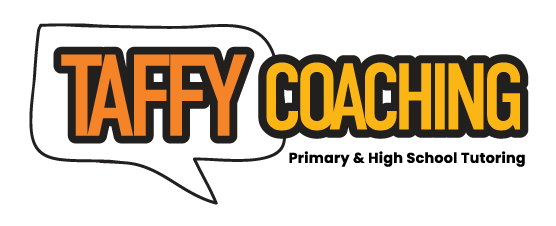The most common queries we get are:
“My child is struggling with Maths and Science, what can I do to help?”
“What’s best for me? classroom environment or a one on one tutor?”
“I want to have the complete attention of a tutor which will work to my own pace, would one to one be best for me?”
The answers are surprisingly simple.
First and foremost, your child needs your encouragement, support and the right coaching model that suits their educational needs and builds confidence. In all the years I have been teaching, this is by far the biggest driver of success.
Encouragement and support involves positive reinforcement. This is the largest category that under-performing children fall into. Not being given the right environment to be able to learn from their mistakes.
Children really care what we think of them. Competitive pressure from peers/siblings, poor exam marks, running out of time in exams, careless errors all serve to dampen their confidence and cause aversion. Sometimes for fear of disappointment (of us) they behave in a way which may appear disengaged or uninterested. I can assure you no child intentionally performs poorly. High performance is a matter of tailoring to a learning style, quality teaching and building confidence.
Taffy Coaching excels in this area, our personalised service means tutors have been trained to adapt to students learning and foster their confidence in any subject. We create a controlled environment where students are able to learn, engage, improve their results and build their confidence.
In regards to class or one on one coaching, my view is the most effective learning model lies somewhere in between the two.
One on one coaching offers personalised attention from the tutor, the tutor is also able to hone in on specific weaknesses of the student. However there are three clear deficiencies in this model:
1) the necessary classroom engagement and interaction with other students. This is a crucial part of the learning process as it encourages critical thinking of other approaches and questions raised by peers.
2) lack of exam or quiz practice or support outside of allocated tutoring time.
3) Lesson materials or homework.
Similarly classes have their own limitations, while they do offer exposure and engagment with other students, that difficulty is the class size. In all the years I have been teaching, I have found that unless the teacher is highly experienced and passionate about what they do, it is exceptionally difficult to give the correct level of attention to each student. Even more so when the level and calibre of students are vastly different.
Our learning model has adapted to his by utilising a unique hybrid coaching model to ensure that students will have the opportunity to interact in a classroom environment while at the same time also receive personalised attention from our tutor to maximise their learning potential and academic performance.


Leave a Reply